|
Through
Hulls and Seacocks
This page was last updated on
17 November 2000.
|
|
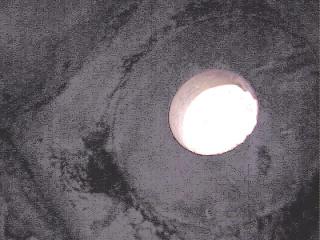 Ever wonder how thick your Triton's hull is? Ever wonder how thick your Triton's hull is?
This is the hole where the head discharge through hull and seacock was. The hull in this area is an honest 3/4" of solid glass.
There's even more in other areas (see below).
I had to remove the original bronze seacocks here because they were solidly seized and could not be revived. I will be replacing with new bronze seacocks and through hulls.
|
|
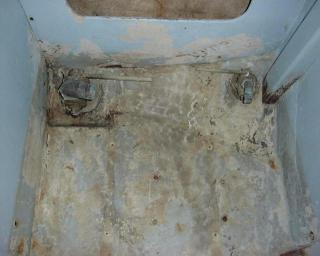 The engine intake fitting was also removed and thrown away, as it consisted of a
paint-clogged fitting with integral strainer and a cheap gate valve for a seacock. Unacceptable. The engine intake fitting was also removed and thrown away, as it consisted of a
paint-clogged fitting with integral strainer and a cheap gate valve for a seacock. Unacceptable.
Other through hulls are not fitted with seacocks, using instead fiberglass tunes extending above the waterline. I will be replacing these with seacocks and new through hulls so the boat is bluewater capable.
This photo shows the old head seacocks.
|
|
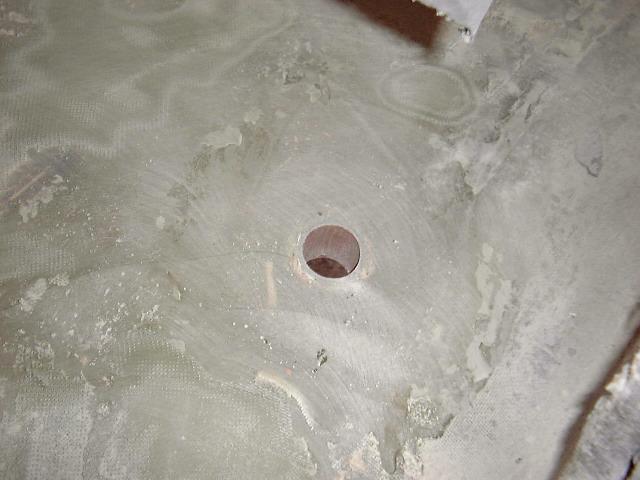 The cockpit drains and galley sink drain used
an antiquated method of passage through the hull--fiberglass tubes, long enough
to extend above the static waterline, were glassed through the hull. The
hoses were attached to these tubes. This is an unsuitable method for an
offshore boat, so we decided to replace them with bronze through hulls and
seacocks. The cockpit drains and galley sink drain used
an antiquated method of passage through the hull--fiberglass tubes, long enough
to extend above the static waterline, were glassed through the hull. The
hoses were attached to these tubes. This is an unsuitable method for an
offshore boat, so we decided to replace them with bronze through hulls and
seacocks.
The first thing to do was cut off the tubes
with a sawz-all, then grind them down flush with the hull on the inside.
The photo to the right shows the port cockpit drain after these steps. The
next thing to do will be to put a temporary patch over the outside of the hole,
and fill the void from inside with thickened epoxy. The holes will then be
redrilled. This will allow me to more accurately place the holes when
enlarging them, which will be necessary where the old fiberglass tubes had been
installed.
|
|
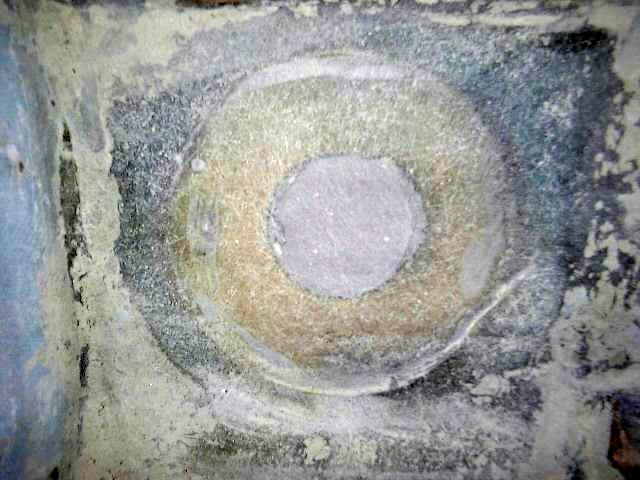 After
filling all the old holes through the bottom with epoxy as described above, I
sanded the patches smooth in preparation for installation of the new fittings.
This picture, left, is the head discharge. The next step will be to
redrill the appropriate sized holes through the patch, and install the new
fittings with 5200. After
filling all the old holes through the bottom with epoxy as described above, I
sanded the patches smooth in preparation for installation of the new fittings.
This picture, left, is the head discharge. The next step will be to
redrill the appropriate sized holes through the patch, and install the new
fittings with 5200.
|
|
I drilled the holes for the new through hull
fittings with two different hole saws--a 7/8 for the smaller fittings (engine
and head intakes, and head sink drain) and 1 1/2 for the scuppers and drains.
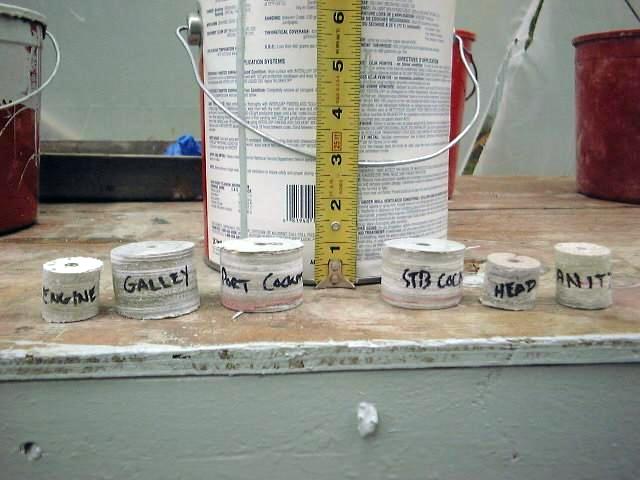 Check
out these core samples from the new holes for the seacocks that were recently
cut! There's an honest inch of solid glass in places, particularly from
the cockpit scupper cutouts and the galley cutout. Check
out these core samples from the new holes for the seacocks that were recently
cut! There's an honest inch of solid glass in places, particularly from
the cockpit scupper cutouts and the galley cutout.
I purchased cast bronze ball valve seacocks,
with a bolting flange, and the appropriate size through hull fittings.
There are seven seacocks on board--scuppers, engine intake, galley sink, head
intake and discharge, and a new discharge for the new head sink.
The procedure I followed to install each
seacock and through hull fitting is as follows:
-
Drill appropriate size hole through hull
with hole saw
-
Cut plywood backing plates slightly larger
than base of seacock, as thick as needed--1/2" in my case. Coat
plywood with epoxy resin for water resistance.
-
Temporarily hold through hull fitting in
place
-
Determine proper positioning of seacock,
attempting to align drain hole downwards, and ensuring that the handle has
clearance for free movement
-
Mark bolthole locations on hull, remove
seacock and drill the holes through
-
Countersink holes outside the boat so
screw heads mount flush
-
Coat bottom of plywood ring with 5200,
mainly near through hull cutout. Put in place in the hull.
-
Install bronze bolts through hull and
partly into plywood to hold it in position.
-
Install through hull, then screw seacock
down into place
-
When properly tightened and aligned,
remove the mounting bolts and coat heavily with 5200; reinsert the bolts,
add nuts and tighten from the inside.
-
Unscrew the through hull fitting, coat the
threads and flange heavily with 5200 and screw in place, ensuring that a
good bead of sealant squeezes out on all edges. I used some of the
excess 5200 to cover the screwheads in the countersunk holes, and cleaned up
any other excess that had squeezed out (there was a lot!)
|
|
A few pictures of the
completed installations




|
|
This procedure worked very well in most cases.
However, I found that I had to add a second plywood ring of 1/4" thickness
on the head discharge seacock, since the through hull fitting bottomed out
before it was tight against the hull. With the thicker ring, I was able to
tighten it completely.
A couple weeks after the seacocks were installed, I painted
the wooden rings with a couple coats of the same Bilgekote used elsewhere on the
interior. This provides a finished appearance as well as additional
protection against the weeping that will likely occur on the metal seacocks.
|
|
Engine
Exhaust Fitting and Bilge Pump Discharge
 I installed two 1 1/2" bronze
fittings in the counter--one to replace the original fiberglass engine exhaust
outlet, the other for the bilge pump discharge. Or maybe I'll use both for
the engine exhaust, a la the older Hinckleys. Anyway, I installed these
fittings in two holes I had previously drilled through the counter--the port
hole is in the same location the old engine exhaust was, and the starboard hole
is symmetrically located on the other side. These fittings are
equipped with a hose nipple on the inside rather than threads for a seacock. I installed two 1 1/2" bronze
fittings in the counter--one to replace the original fiberglass engine exhaust
outlet, the other for the bilge pump discharge. Or maybe I'll use both for
the engine exhaust, a la the older Hinckleys. Anyway, I installed these
fittings in two holes I had previously drilled through the counter--the port
hole is in the same location the old engine exhaust was, and the starboard hole
is symmetrically located on the other side. These fittings are
equipped with a hose nipple on the inside rather than threads for a seacock.
Installation was
straightforward. I cleaned the holes and the fittings with acetone, then
gooped them up with 5200 and inserted them in the hole. As I was alone, I
used masking tape to hold them in place while I went onboard the boat and
screwed the inner ring into place. Back outside the boat, I cleaned up all
the excess 5200 that oozed out with rags and 3M adhesive cleaner.
|
|